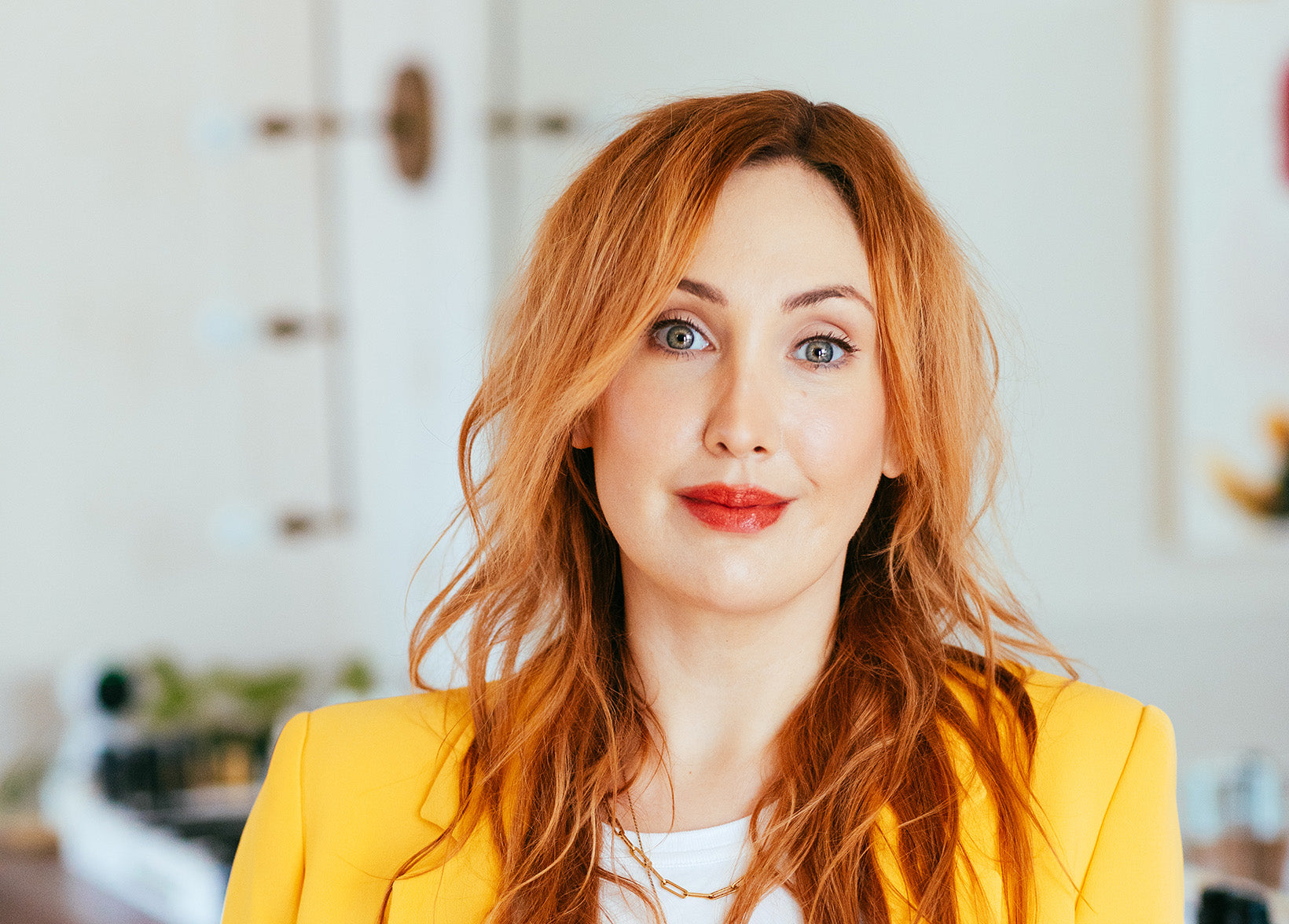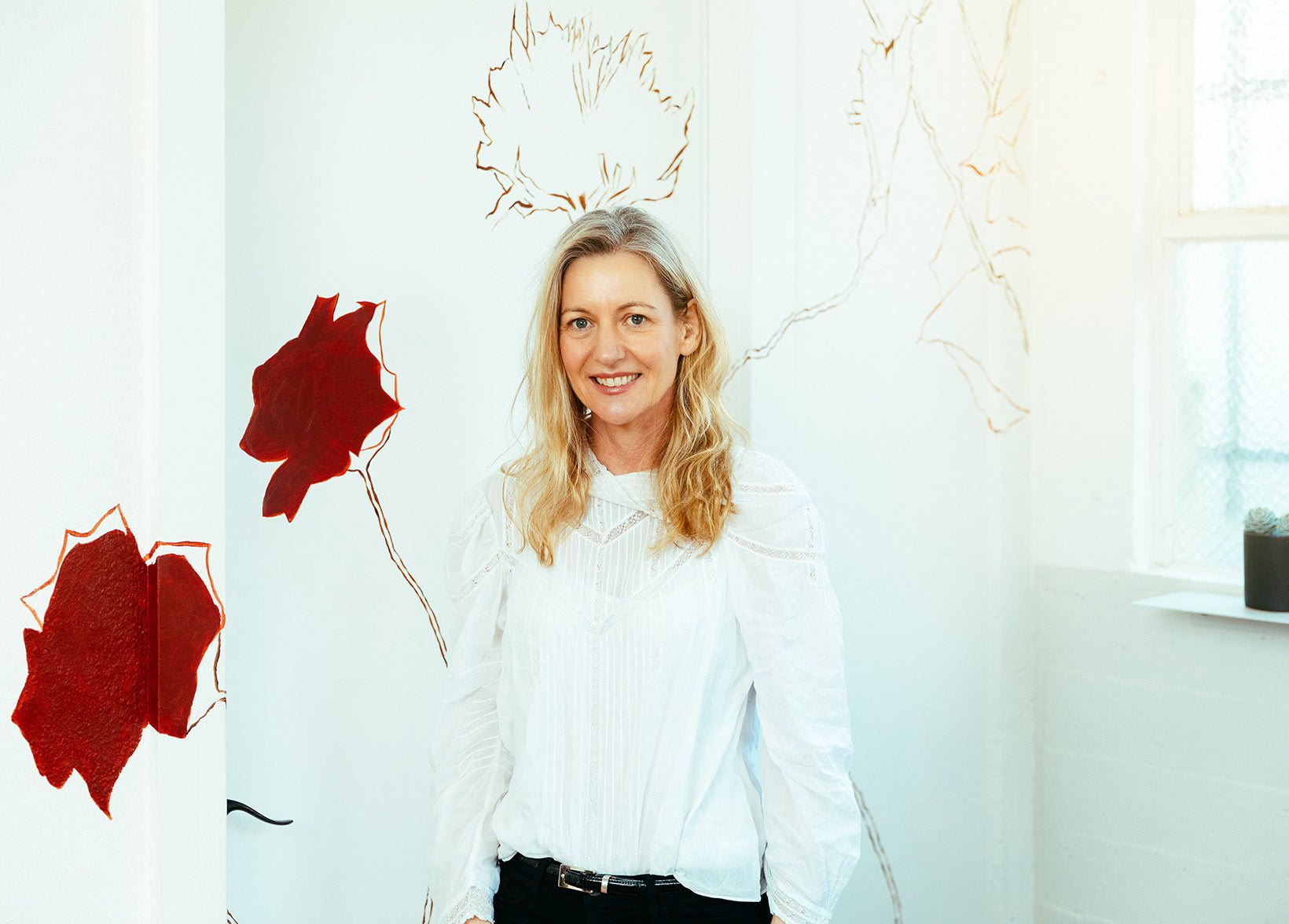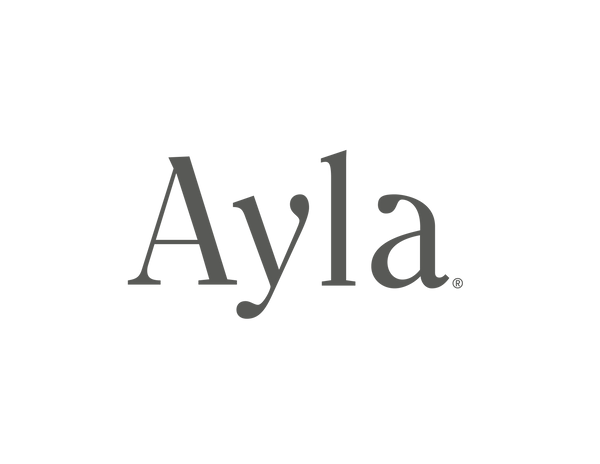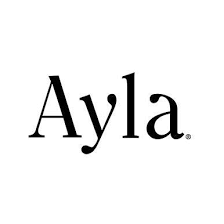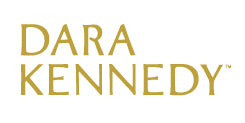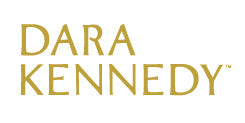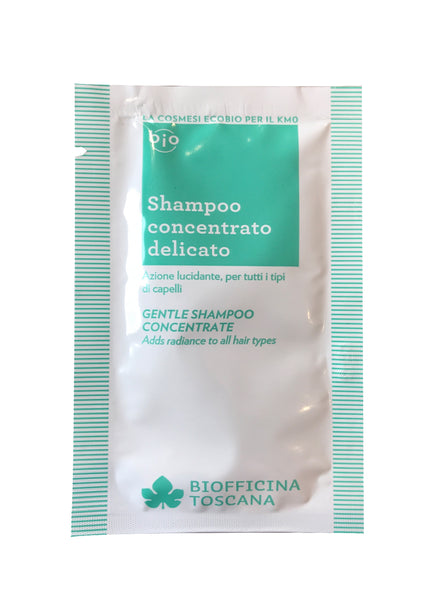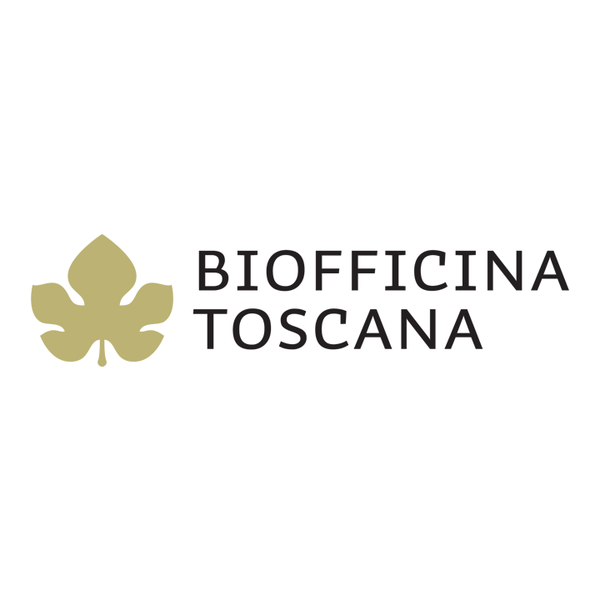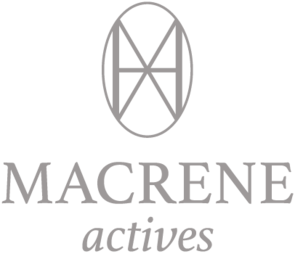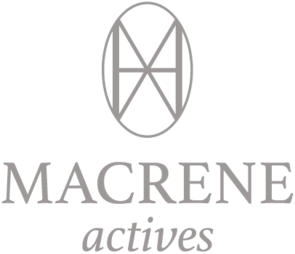Recent Articles
Nothing gives a full-body scrubdown like Kahina’s Beldi Soap and Kessa Mitt: you’ll see dull, dead skin quite literally roll right off with this at-home hammam treatment. Check out our interview with Katharine L'Heureux, Kahina's lovely founder, who tells us about the four different Beldi soaps that now comprise her collection; the newest addition, the Argan Beldi soap, might be our favorite shower product during this pandemic winter. (Katharine gives us some insight into how things have changed at Kahina during the pandemic, too.)
And, given our must-know-more tendencies, we also asked Katharine to tell us more about the hammam experience in general so that we could more accurately replicate it. (She visits a hammam every time she travels to Morocco, so she knows her stuff.) While you may not be able to enlist someone to pour buckets of water over your head, you can still adopt some of these practices in the comfort of your own home: even if it’s just drinking water and resting after you bring those limbs back to their happiest, baby-soft state.
***
Ayla: You now have a variety of Beldi Soaps to choose from. Can you tell us how you think about the differences between them, and why you might choose each one to use?
KATHARINE: The first one we introduced was our Beldi Soap with Eucalyptus, which I think of as the classic Hammam experience and so therapeutic for the winter months.
The Beldi Soap with Rose and Neroli both feature gorgeous floral essences and are really a matter of preference (for me, its Neroli).
The new Beldi Soap with Argan Oil features the more moisturizing and healing properties of Argan Oil in an unscented version that is ideal for those who have sensitivities to essential oils. The Argan Oil makes the soap creamier and greener in color than the original, creating a unique bathing experience; we love the results.
Ayla: These soaps (along with the mitt) make for a perfect lockdown spa-in-your-shower experience. How has the pandemic changed things at Kahina and the cooperatives that you work with?
KATHARINE: We are a small, family-run company consisting of my husband, our 27-year-old daughter, and me. We have always operated out of our home while our daughter worked remotely. During the lockdown, our daughter moved back in with us so we are actually doing more work in-person than before. Our sales have remained strong during the pandemic because people are looking for healthy products that nurture and provide an enjoyable sensory experience.
Our sourcing in Morocco has not been affected, as the village that we source our argan oil from is so remote that it has not seen any cases of COVID-19. The charitable program that we support, Education for All, Morocco, was forced to close — sending the school girls back home to remote villages so they couldn't continue their education in-person. We were able to fund the purchase of laptops and internet connectivity for the girls so they were able to continue learning remotely.
Ayla: That is great to hear — we love your commitment to giving back with this brand!
While we're all mostly at home, we'd love to live vicariously through your past travels to Morocco. What role does the hammam play in daily life in Moroccan cities? Do women in rural areas go to them as well?
KATHARINE: Much like a Turkish bath, the hammam is the traditional cleansing and purification ritual of Morocco. It plays an extremely important role in daily life of Moroccan men and women, so much so that it is deemed an essential element in the construction of any neighborhood, whether in the cities or in rural areas.
Very egalitarian in nature, the public hammam serves as the place where anyone can go to cleanse at any time. In the countryside or homes where running water is an issue, the hammam offers an important health service. Importantly, in a conservative Muslim culture it offers one of the few places where women can freely meet and socialize independently of men.
Ayla: What happens in a hammam?
KATHARINE: There are several ritual steps composed of water, heat, exfoliation and massage. The experience can be quite different, however, if you choose to go to a public or private hammam. Some people have hammams in their homes, which generally translates to a steam room. At the public hammam, you will share the experience with others, which is a fascinating glimpse into the culture and a good way to bond with friends. The private hammam can be a more luxurious, and obviously private, experience.
At a public or private hammam, you will be guided by someone called a “Kess” who will perform the steps of cleansing, exfoliation and massage as follows:
1. Shower to rinse off
2. The Kess will create a paste made with rhassoul clay (a mineral clay found in Northern Morocco) and water scented with eucalyptus or orange blossom. That is then applied onto damp skin. The rhassoul cleanses and detoxifies skin.
3. Rinse: the Kess will pour large buckets of warm water over head and body.
4. Apply Beldi Soap to skin (also known as Black Soap or Savon Noir). This is a cleansing and skin softening soap made of saponified olive oil and essential oils. In the hammam, the Beldi Soap is used as a body mask.
5. Sit in heated sauna for 30 minutes. This draws out toxins in the skin and opens pores while the Beldi Soap softens skin in preparation for exfoliation.
6. Rinse: the Kess will pour large buckets of cool water over head and body.
7. Using an exfoliating mitt called the “Kessa”, the Kess will vigorously scrub your entire body. After the skin softening by the Beldi Soap, skin visibly rolls off the body.
8. Third bucket rinse and hair washing with rhassoul clay or shampoo
9. Enjoy a massage given by the Kess (an extra charge in the public hammams) using argan oil
It is very important to drink plenty of water following the hammam to flush out toxins circulating in the body. And make sure to have a place to relax. Hammam is best done in the evening to induce deep sleep and relaxation.
Ayla: How do Kahina's products replicate that experience?
KATHARINE: We incorporate all of the ingredients traditionally used in the hammam into our line so that customers can replicate the experience at home: our Beldi Soap to cleanse and soften skin, the exfoliating Kessa Mitt, and Argan Oil, of course. We combine Rhassoul Clay with Argan Oil in a cleansing exfoliating facial mask, so there’s no mixing required – and it won’t dry out skin. Our essential oils of orange flower blossom, rose, and eucalyptus in our products truly make you feel as if you are in Morocco!
Don't those products sound delicious? Shop the Kahina line here.


